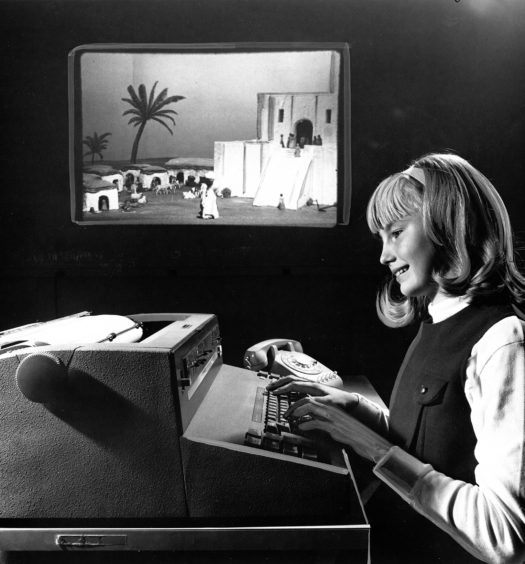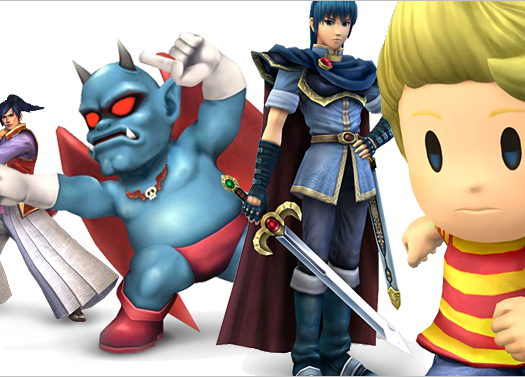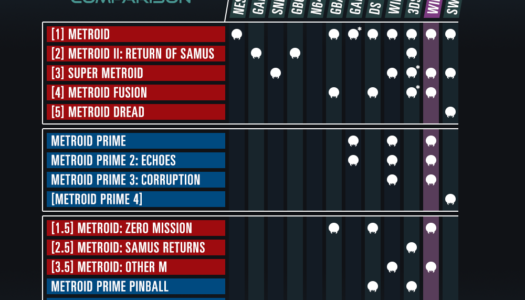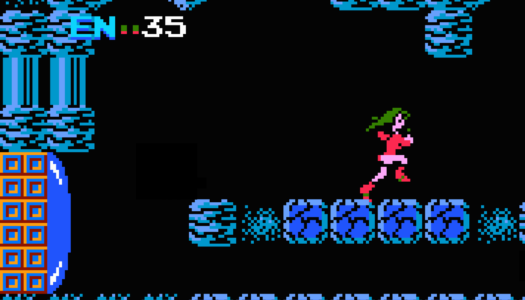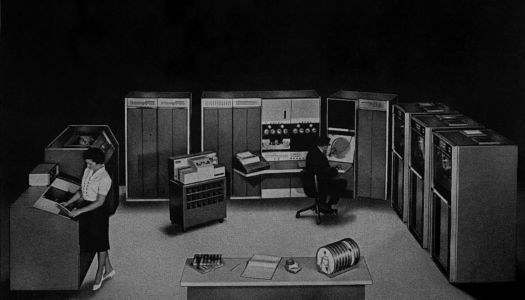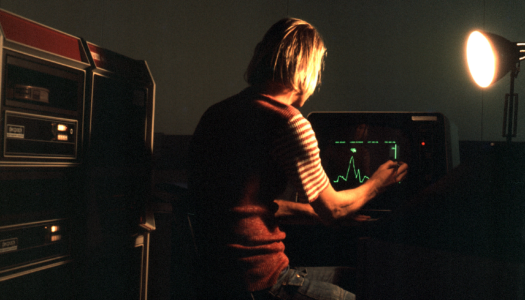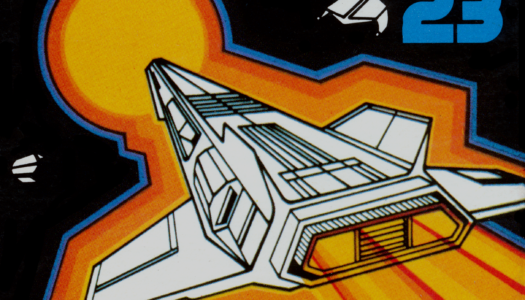Tomb Raider Retrospective (Part 1): Legend
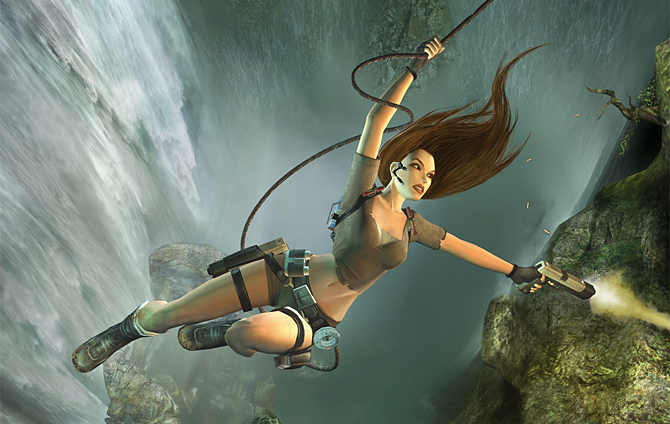
As many of you have heard already, the Tomb Raider series is getting another reboot, this time in the form of a prequel. The Tomb Raider series had already been redone back in 2006 by Crystal Dynamics, the same company developing the upcoming prequel. During this three-part retrospective I will be revisiting Tomb Raider: Legend, Anniversary and Underworld, the three games developed by Crystal Dynamics after they had obtained the Tomb Raider license. Each of these games were played on my Xbox 360, so I am not sure about any problems, unlockables or differences on the other versions.
Tomb Raider: Legend starts off sort of in the middle of its own timeline. Most gamers already know Lara Croft as a character, so there really isn’t much in the way of introduction other than a few brief flashbacks into her past from time to time. Zip, who I’m told was originally from Tomb Raider: Chronicles and Alister, a new character to the series, talk to Lara over her headset, and provide her with research on various artifacts and locations over the course of the game. The two characters tread the fine line between ‘lovable’ and ‘annoying’, however.
Legend as a whole isn’t very much of a good-looking game. While it doesn’t look bad, the Xbox 360 version doesn’t look very different from the PS2 version aside from slightly better-looking lighting effects and a metallic shine added to some materials. The HUD is large and the text is pixellated, which is rather noticeable on an HDTV. Lara herself is rendered nicely and is a nice step up from the low poly count days of the old Tomb Raider games. The dated graphics do work in Legend‘s favor from time to time, however, as figuring out which ledges, poles or railings you can and cannot grab onto is rarely an issue. Getting Lara to jump onto them, though, is as much a problem now as it has always been.
While generally Legends controls work pretty well, there are times when wrestling with the controls makes the game much harder than it should be. There were a few times over the course of the game where I would jump towards a ledge only to have Lara stubbornly bounce off of it and plummet to her death, only to have the exact same jump work on the second attempt. The game also throws two motorcycle-driving segments at you over the course of the game that are really more of an annoyance than an attempt at adding variety to the game. You drive with the A button and shoot with the right trigger. Lara automatically locks on to enemies, so really the driving segments boil down to holding down both A and Right Trigger and dodging any trees or boxes that may be in your path.
Despite everything I’ve complained about Legend so far, I did enjoy my time with the game. Even though I finished the game in about 5 hours total, the exploration and actual tomb-raiding segments of the game were generally fun. Climbing around and leaping from trap to trap is definitely what the Tomb Raider series is all about, and when Legend finally gets around to these segments, the game is definitely enjoyable. I say “finally” because, unfortunately, a rather large bit of Legend revolves around combat, and not the kind of combat the early Tomb Raider games were known for. Rather than gunning down the occasional wolf or bat that crosses your path, many of Legend‘s combat segments pit you against armed humans. The combat isn’t bad, but after being sent into a skyscraper to take down the Yakuza, Legend starts to feel like some weird spy game than a Tomb Raider title.
Another weird part about the game is how the levels are paced. Many of the actual tomb raiding levels take anywhere from 20-45 minutes to complete, whereas the levels taking place within more contemporary areas (such as a Russian army base…?) can be longer than an hour. Many of the most-enjoyable parts of the game are over before you even know it, and the more tedious, repetitive sections don’t just seem longer, but for the most part really are longer.
Tomb Raider: Legend was Crystal Dynamics’ first shot at rebooting the Tomb Raider series. While it isn’t a stellar game, it is way better than the nose dive the original series took starting (arguably) after the third title. The next game that I will be reviewing for this segment is actually a complete (and surprisingly loyal) remake of the original Tomb Raider game. Stay tuned for the next part in my Tomb Raider retrospective: Tomb Raider: Anniversary.

